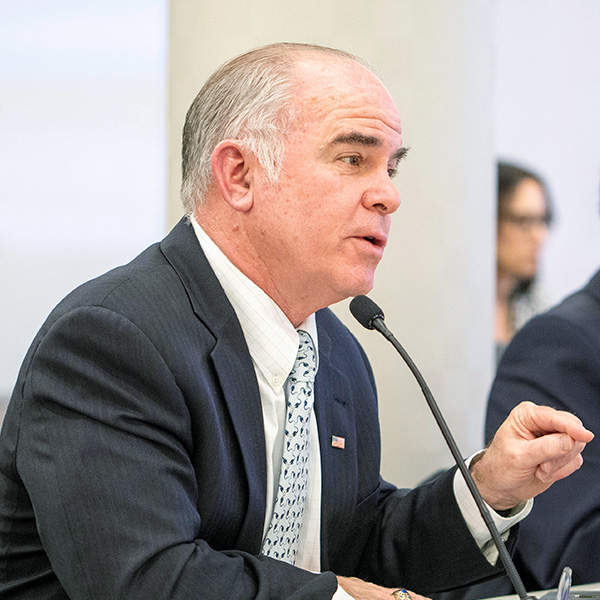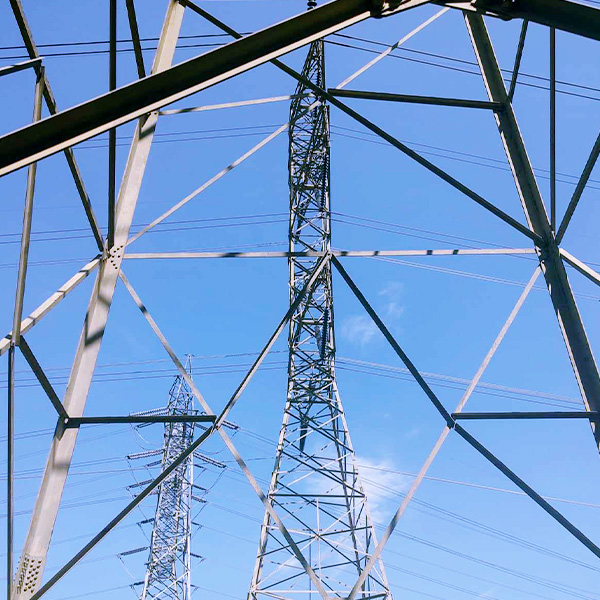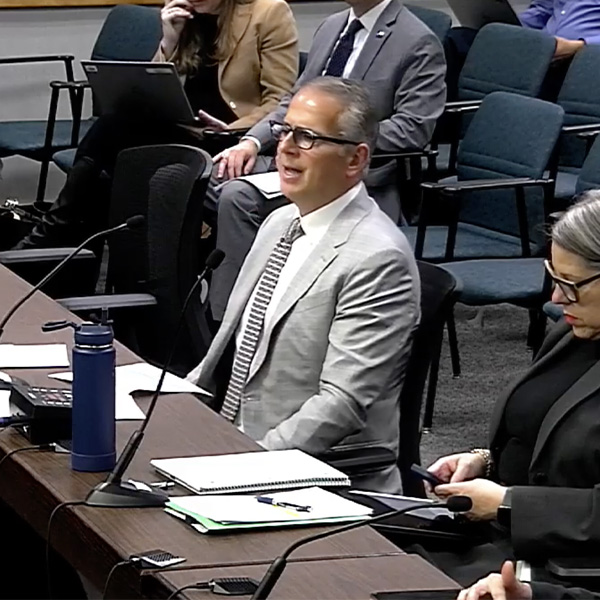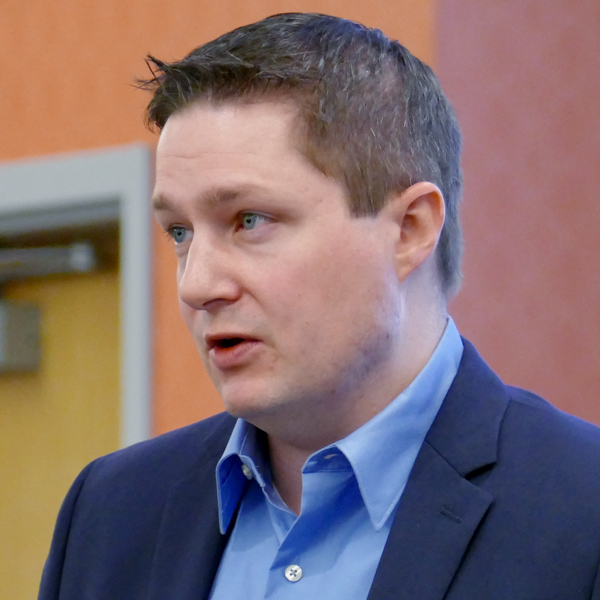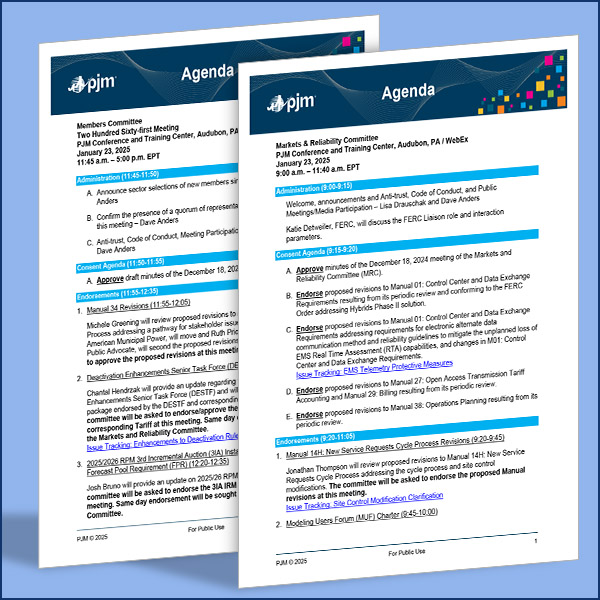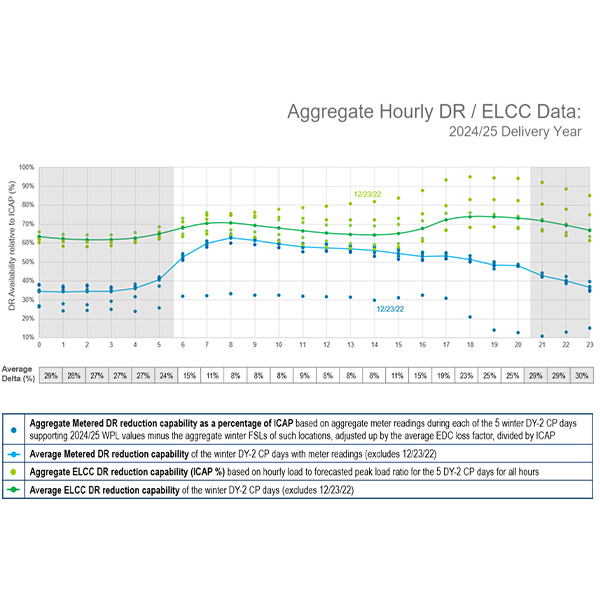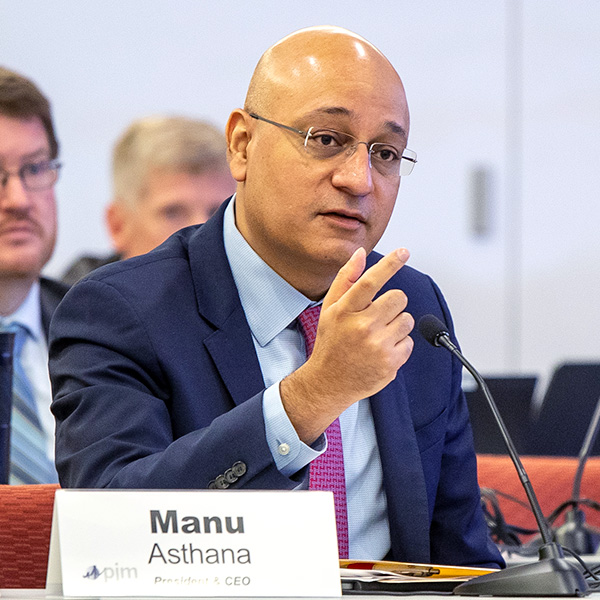effective load-carrying capability (ELCC)
PJM stakeholders voted for a third consecutive meeting to delay acting on revisions to Manual 14H intended to clarify when developers may add or remove parcels from their project footprint.
The PJM Markets and Reliability Committee endorsed a proposal to rework how demand response resources are modeled in the effective load carrying capability framework.
ERCOT released its semiannual but delayed Capacity, Demand and Reserves report that provides potential future planning reserve margins five years into the future that some say are "scary."
PJM’s Market Implementation Committee narrowly endorsed a PJM proposal to use ELCC to model the availability of demand response resources in all hours, along with other changes to how DR accreditation is determined.
The PJM Markets and Reliability Committee and Members Committee endorsed a proposal to rework the RTO’s rules around generation deactivations.
Among other actions, the PJM Markets and Reliability Committee and the Members Committee will consider endorsing various manual revisions.
FERC approved price formation reforms for SPP and set questions around resource accreditation for additional proceedings in a pair of orders issued at its regular monthly meeting.
PJM presented stakeholders with proposed manual revisions to implement a requirement that dual-fuel generators must offer schedules with both of their fuels into the energy market during the winter, as well as changes to the operational and seasonal testing for capacity resources.
PJM heads into 2025 with several proposals before FERC seeking to rework its capacity market and generator interconnection queue, while stakeholders work on an expedited Quadrennial Review of the market and changes to resource accreditation.
Pennsylvania regulators hosted several panels to discuss PJM's tightening reserve margins and how the PUC should respond to the situation, which at least promises more high prices in the near future before new supplies can come online.
Want more? Advanced Search
